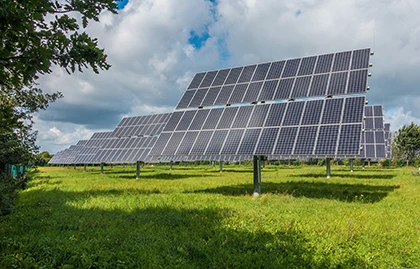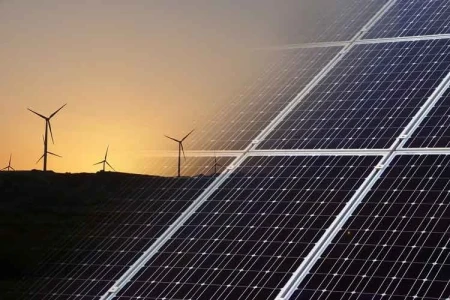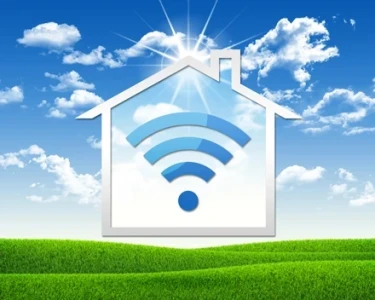Virtual Power Plants (Vpp) And Smart Grids: Integrating Renewable Energy For A Sustainable Future

The rapid shift toward renewable energy resources (RERs) has placed significant demands on traditional power systems. To address these challenges, modern energy infrastructure is evolving into smart grids, leveraging advanced technologies like Virtual Power Plants (VPPs) to enhance grid flexibility, reliability, and efficiency. A VPP is a collection of distributed energy resources (DERs), such as renewable energy sources, battery storage, controllable loads, and electric vehicles (EVs), that operate as a unified power plant through intelligent control and communication networks. By integrating VPPs with smart grids, the energy sector can better coordinate energy generation, storage, and consumption, facilitating a more resilient and efficient power network.
The Role of Virtual Power Plants in Smart Grids
VPPs function as dynamic and intelligent hubs within a smart grid. They utilize distributed intelligence to monitor, control, and optimize energy flows across multiple DERs. Unlike traditional power plants, which generate power at a central location, VPPs pool energy from multiple decentralized sources. This approach enhances grid stability, reduces reliance on fossil fuels, and improves the system’s ability to handle intermittent renewable energy sources such as wind and solar power.
One of the primary objectives of a VPP is to supply auxiliary services to the grid. This includes frequency regulation, voltage control, and reactive power support, all of which are essential for maintaining grid stability. By doing so, VPPs enable a smooth transition from a conventional grid to a smart grid, where communication and real-time control play critical roles. The integration of VPPs into smart grids introduces two distinct components: the Technical Virtual Power Plant (TVPP) and the Commercial Virtual Power Plant (CVPP).
The TVPP addresses technical aspects such as system security, operational constraints, and physical grid limitations. It ensures safe and stable grid operation by monitoring and controlling DERs in response to grid conditions. On the other hand, the CVPP focuses on the commercial dimension, optimizing the supply, pricing, and utilization of distributed energy resources for market-based transactions. By coordinating the two components, VPPs support a robust and intelligent power infrastructure.
Benefits of VPP-Integrated Smart Grids
Integrating VPPs into smart grids provides numerous benefits, particularly in improving the efficiency, reliability, and sustainability of energy systems. Key advantages include:
Enhanced Grid Flexibility: VPPs enable smart grids to dynamically respond to fluctuations in energy supply and demand. The ability to shift loads, store excess energy, and optimize energy dispatch allows for better grid flexibility, which is essential for handling the variability of renewable energy.
Optimal Use of Renewable Energy: By aggregating and coordinating distributed renewable energy sources, VPPs ensure maximum utilization of green energy. This reduces curtailment and minimizes energy wastage.
Improved Energy Efficiency: VPPs promote the optimal use of energy storage systems, reducing the need for expensive peaking power plants. Energy storage devices such as battery systems can store excess renewable energy during low-demand periods and discharge it during peak demand.
Reduction in Grid Congestion: By intelligently managing power flows, VPPs alleviate congestion on transmission and distribution networks. This reduces the likelihood of overloading grid components and avoids costly grid upgrades.
Market Participation and Revenue Streams: VPPs facilitate the participation of DERs in energy markets, allowing prosumers and small energy generators to sell surplus power. This creates new revenue streams and incentives for investing in renewable energy projects.
Decentralized Grid Management: Instead of relying on centralized control, smart grids with VPPs operate as a decentralized system. This enhances system resilience, reduces the risk of large-scale outages, and promotes local energy self-sufficiency.
Read full article in the Smart Grid & Linemen Safety Special Edition magazine








